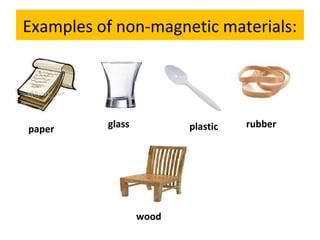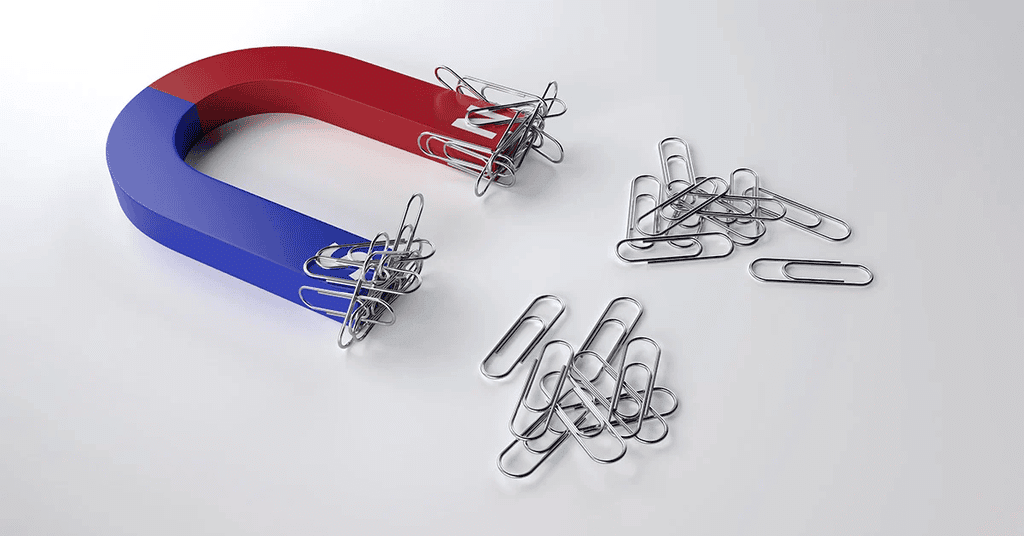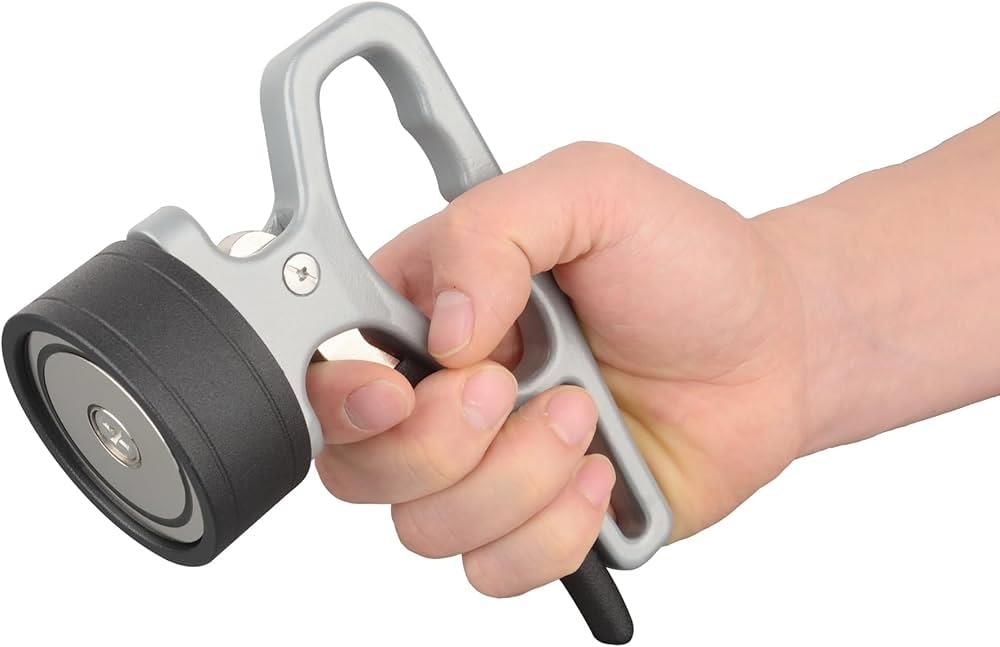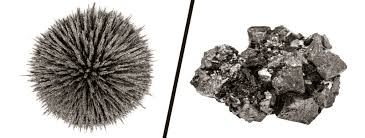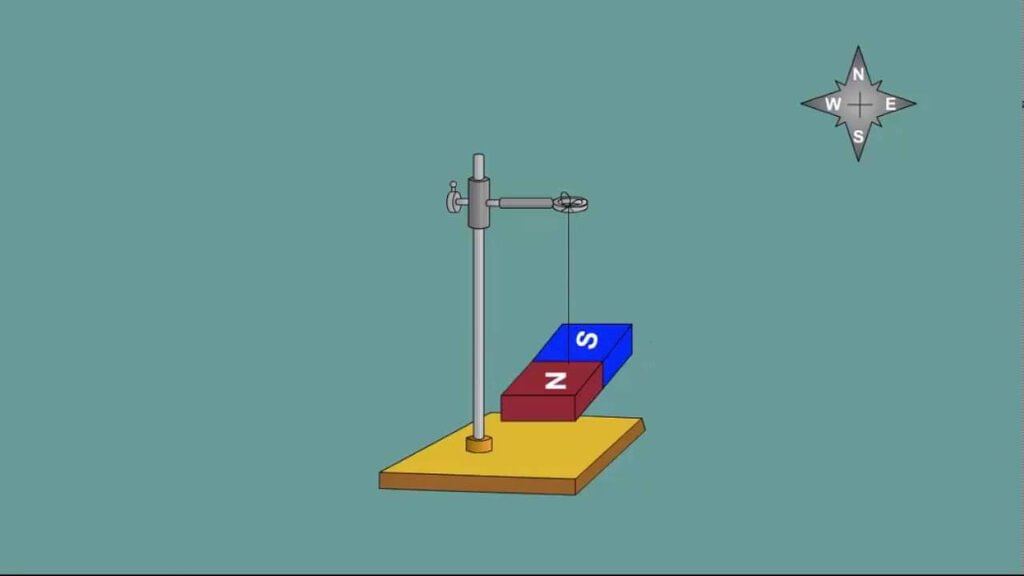|
Riddle: I can hold things together and help you find your way, but I am not a glue or a map. What am I? |
Card: 7 / 20 |
|
Riddle: I can point you north without a map, I’m often found in your backpack. What am I? |
Card: 19 / 20 |
 Completed! Keep practicing to master all of them. |







